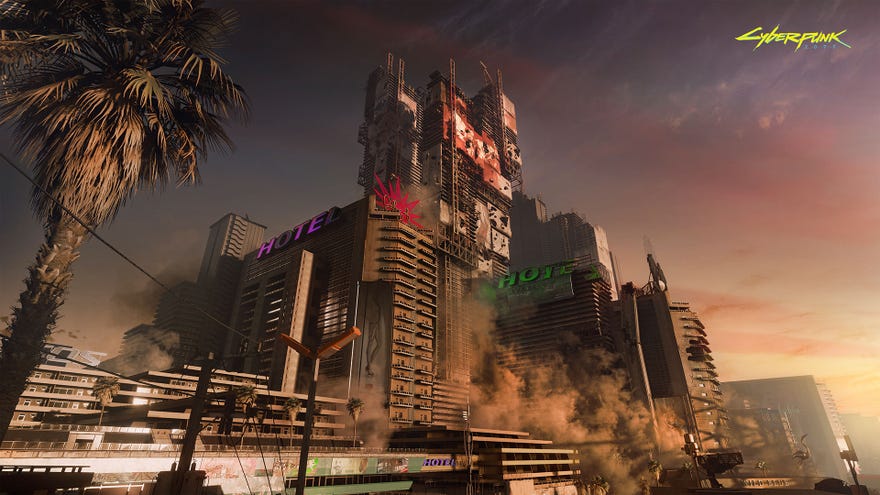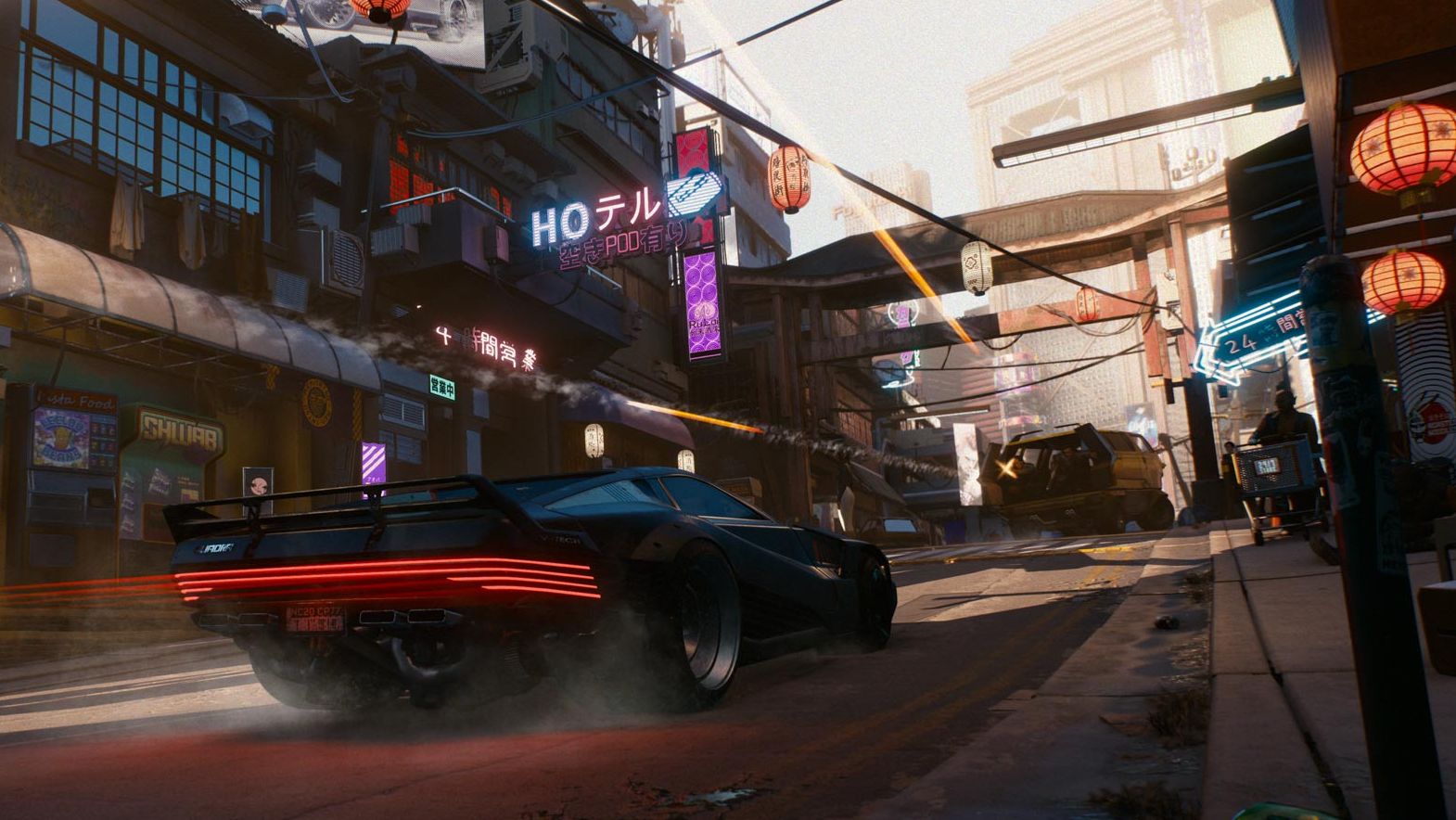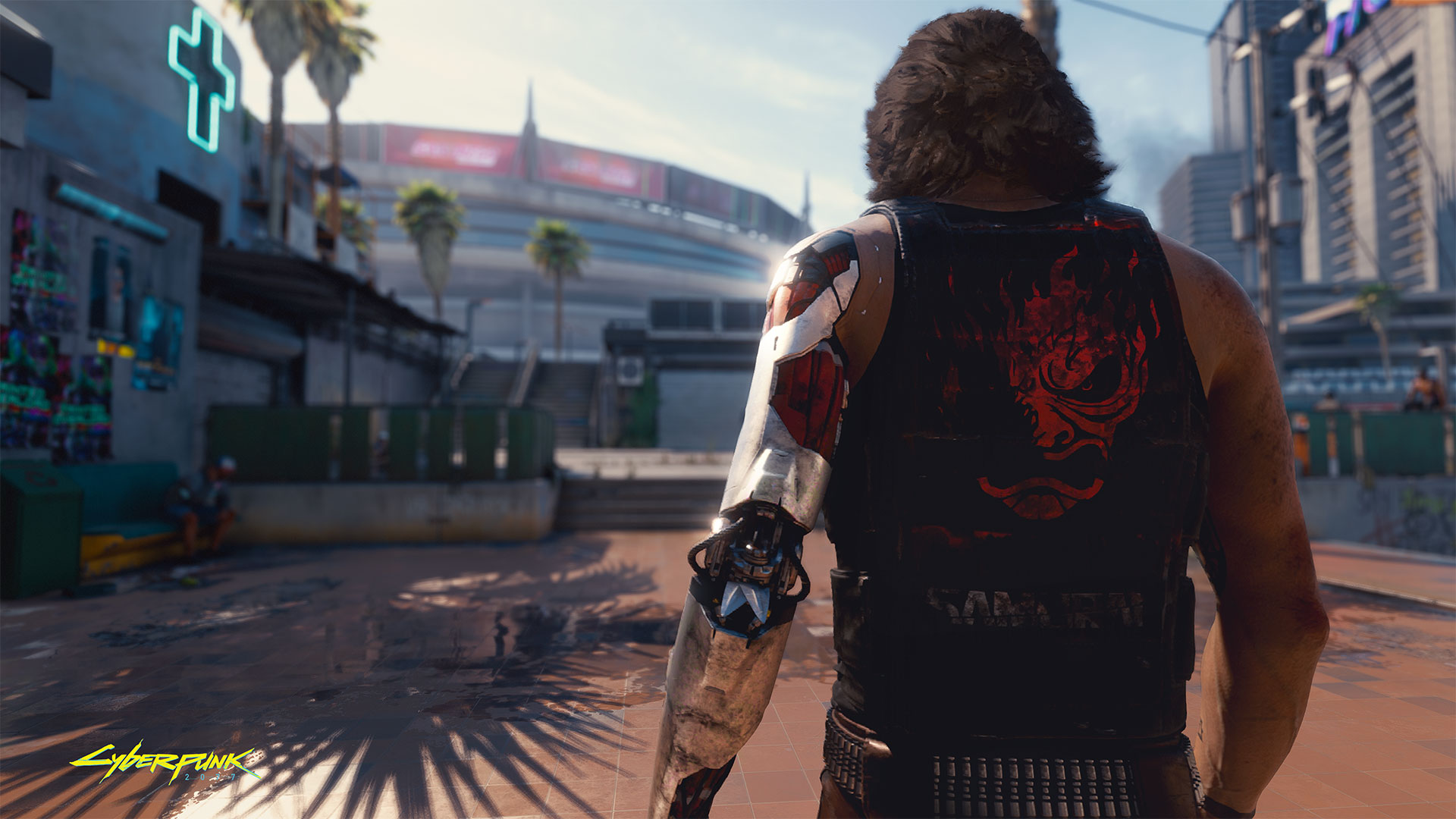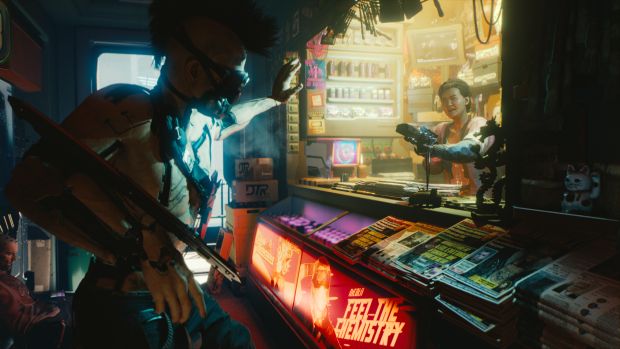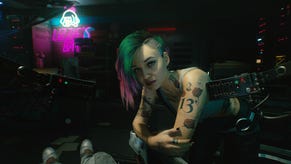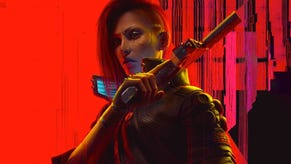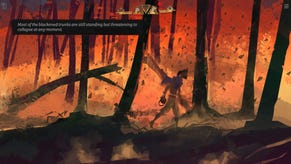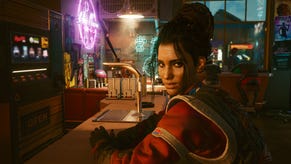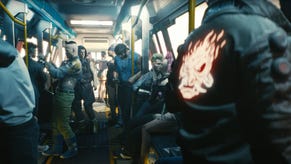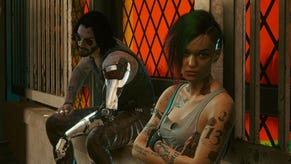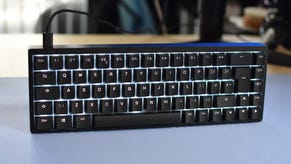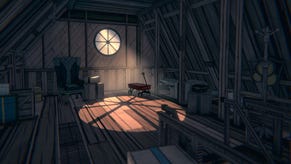Cyberpunk 2077's Night City strives to be a unique and grounded cyberpunk city
Marthe Jonkers is a senior concept artist at CD Projeckt Red working on Cyberpunk 2077. Jonkers actually designed the location in the first very first teaser trailer for the game back in 2013, featuring the cyberbabe with mantis arms, and was resigned to the fact that nobody was really looking at the building behind her.
Jonkers' team work on locations and interiors, and even the broader piecing together of Night City. "We even have urban planners on our team," she explains, since after all, someone has to work out how a city centre actually works in practise, and how you drive around it all. And the way this cyberdystopia RPG backdrop is all designed is really bloody interesting.
One thing Jonkers emphasises again and again is that the whole dev team "really want to make you feel like you're in a real city". She says the word "believable" an encouraging number of times, especially when she's saying it in reference to a game where you can turn enemies into fricassee with a slow-mo laser whip that comes out of your arm.
They've drawn a lot from the TRPG Cyberpunk 2020, originally created in the 80s by Mike Pondsmith. Jonkers describes him as "a walking encyclopedia of cyberpunk." Because of this long established source material, there's a lot of history to the world that they can use to make a very rich, very layered city -- even, she says, in the literal sense, because you can do so much vertical exploration.
Jonkers explains that "of course we'd seen every cyberpunk movie that's out there, but we wanted to create something original." So they went back not only to the TRPG, but also to their timeline, and connected styles in the city -- architectural and fashionable -- to a history.
The end result is four overarching kind of epochs of style. The earliest, for example, dates back to when people were poor, so they used cheap materials and plastics, with muted colour palettes. "It's very practical, you know. It's not about looking great. If it works, it's fine."
Immediately after that comes a more style over substance era, where people were happier and wanted to show it. Buildings built during that period have rounded edges, and pinks and yellows are predominant.
These and two other styles were then mixed into Night City, based on the key events in its history and the materials available, so the whole city should make sense if you look at it with a more critical eye. "At the same time, if you use these styles to create a city it becomes so much more believable," says Jonkers. "If you walk around Cologne you will see architecture from different times, and peoples' fashion as well." They wanted to have that feeling of layered, on-going history, so approached it like reality (or the kind of reality that makes sense in Cyberpunk 2077, anyway).
Within that, the six different districts feel different based on their own histories. Pacifica, the district shown in the latest demo, experienced a rapid boom and bust when corporations poured gentrification money in and then pulled it out again before anything got properly finished. It has a real fixer upper vibe. Meanwhile, if you go to the city centre, where the corporations have their stronghold, it's more in a "neo-militaristic" style. "It's a very different vibe. You see a lot of colours that are white and black and metal, it's very slick."
Santo Domingo, which hasn't been shown yet, is what Jonkers calls "the powerplant of Night City". It holds most of the factories and industries that actually keep the city running (and I'm sure the Santo Domingo residents won't have opinions about that). "It's very industrial and it's dangerous in a very different way."
I mention the tyranny of neon, the image of pink glowing signs that is inextricably tangled in the idea of cyberpunk as a theme. For Jonkers, though Cyberpunk 2077 doesn't have none neon, it isn't the selling point. She does, however, cite Watson, her favourite district and the one from last year's demo, which has more than a few neon street signs. According to Jonkers, Watson has a large Asian community, and so the neon signs there are descended from the ones in Tokyo.
It was very important for the team, Jonkers said, that each of these places feels distinct, and that the whole thing feels real. They worked closely with other teams, and the level designers, so that the whole thing feels more immersive. In this, after all, you're building your own version of the protagonist V, and experiencing it in first person. Compare that with looking over the shoulder of an already-experienced Geralt Of Rivia in The Witcher series.
Jonkers feels they've made something that can't be confused for any other cyberpunk-y thing. If you take a screenshot of 2077, she says, nobody wonders if it might be Bladerunner. "For me that's really exciting, because we created a cyberpunk world that's unique but grounded."
But you still get a slowmo laser whip, which you can also use for hacking. So, best of both worlds, right?
